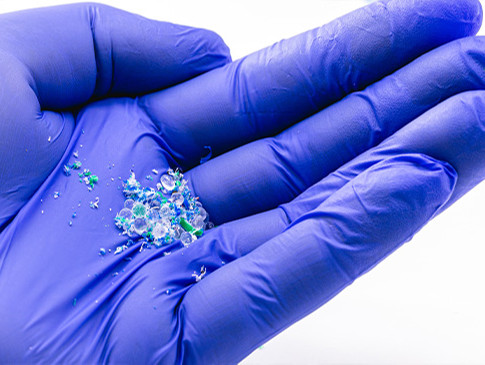
Our understanding of microplastics and the harm they cause continues to grow. Microplastics come from various sources that people and animals encounter daily and are being discovered in more and more places. For instance, scientists have detected microplastics in human heart tissue and placentas. Fish and birds also ingest microplastics, leading to disruptions in their digestive systems. According to Greenpeace, this poses a threat to the survival of 700 species.
Australian scientists have succeeded in converting microplastics into graphene, a material with numerous practical applications. This technique could offer a partial solution to the ever-growing problem of plastic waste that otherwise persists in the environment. They used 'Atmospheric Pressure Microwave Plasma' (APMP), a method that subjects materials to electromagnetic radiation under pressure. By crushing plastic water bottles and converting them into graphene, they managed to transform 30 milligrams of microplastics into 5 milligrams of graphene in just one minute. This fast, eco-friendly method presents a better alternative to existing graphene production techniques.
Graphene, a relatively new material, was first isolated by scientists Andre Geim and Konstantin Novoselov in this millennium, earning them the Nobel Prize in Physics in 2010. The range of applications for graphene includes modern power grids, protective coatings, and water purification systems. This new graphene production method not only advances technology but also helps reduce pollution in our ecosystems, as highlighted by researcher Mohan Jacob.
Source: Change.inc
Source: .